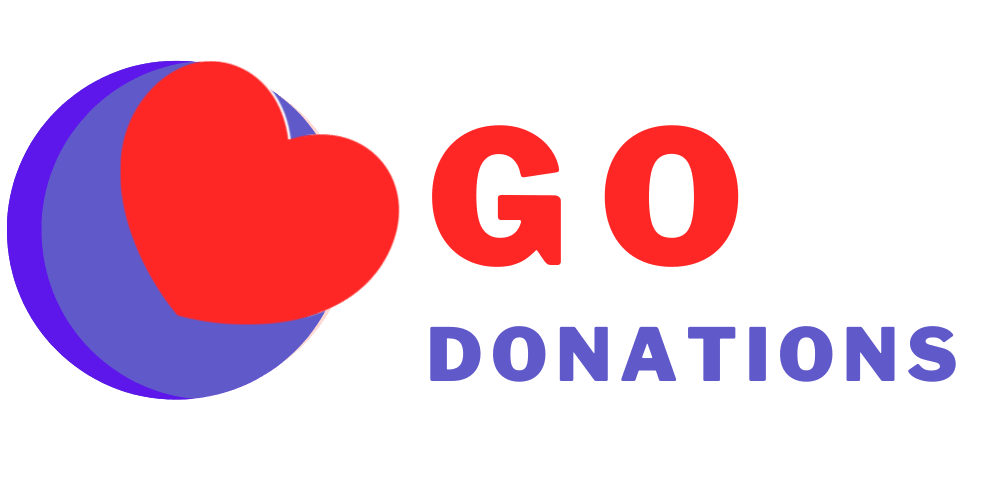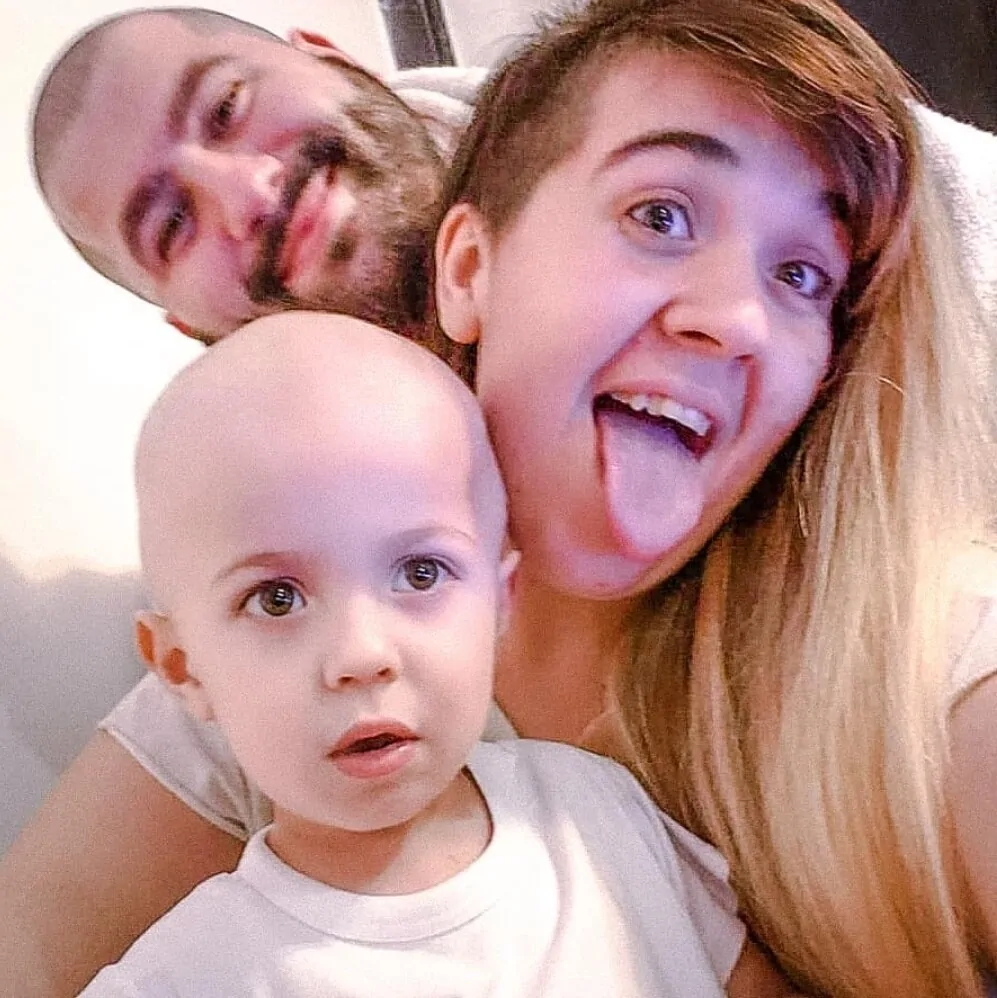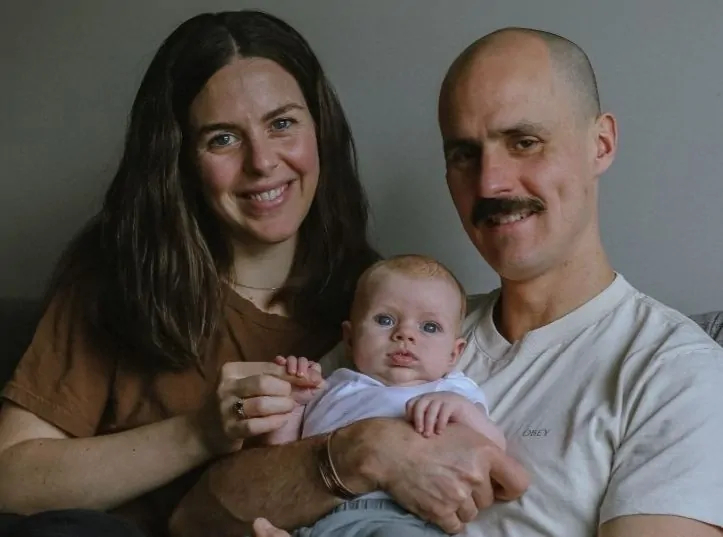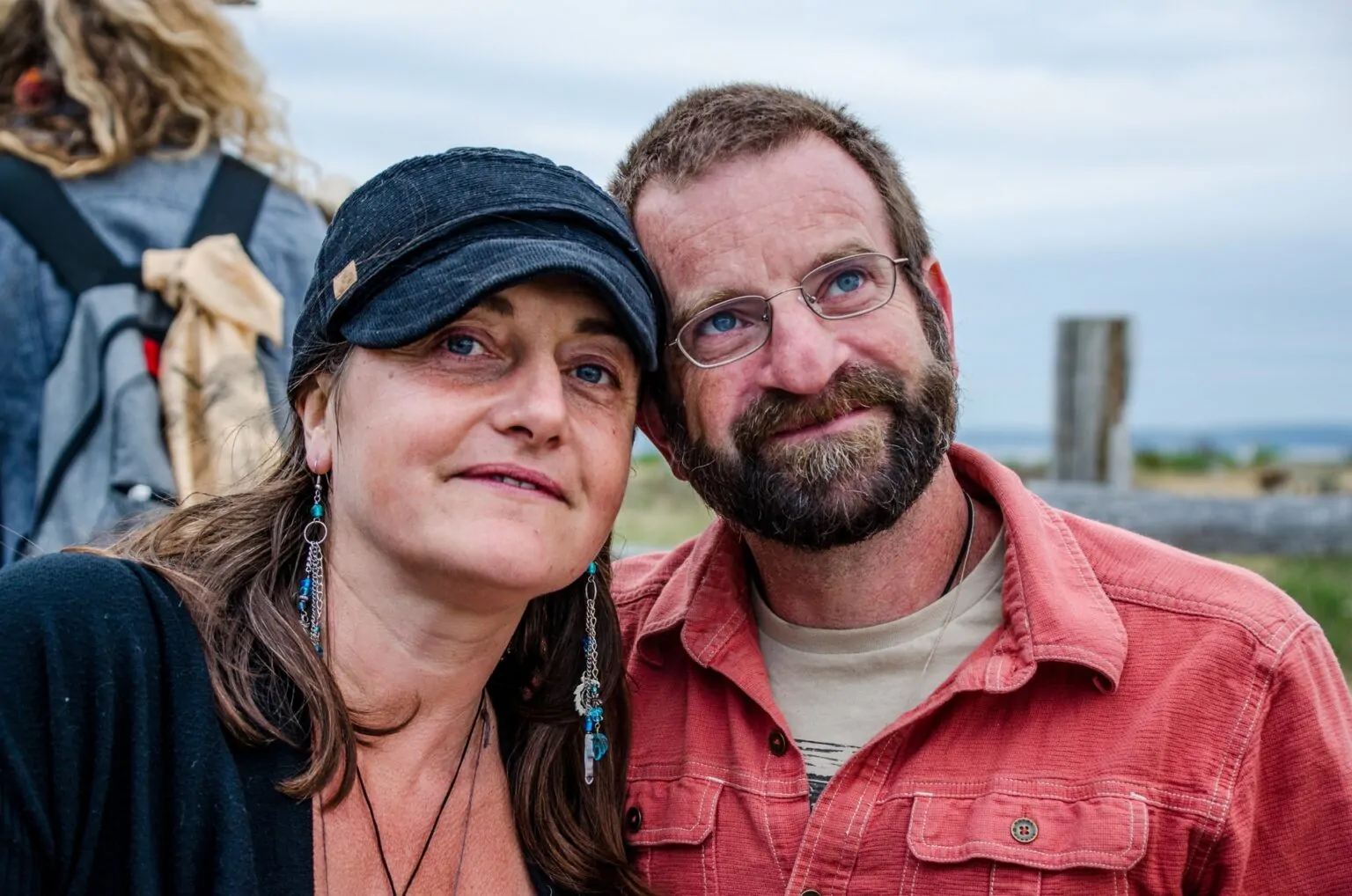Hello, I’m Kara.
I’m a newly single mom (entrepreneur), and Realtor in Atlanta. I am someone who’s never been great at asking for help. I’ve always taken pride in being strong, resourceful, and independent. But this season of my life has humbled me in ways I never expected and taught me that sometimes, even the strongest among us need help getting back up.
On May 26th, I had a horrific fall at home that resulted in a double compound fracture in my wrist and two broken ribs. My hand was completely detached at the joint. It was every bit as terrifying and traumatic as it sounds. I was rushed to the hospital, where I underwent emergency surgery and spent the next two days in a state of shock, trying to process what had just happened.
What followed was even more traumatizing than the injury itself.
In the ambulance and later at the ER, I was in unbearable pain, crying nonstop. Despite being given fentanyl and morphine, I felt everything—which speaks volumes about the severity of the injury. Eventually, after 7 hours in the trauma unit, I was administered ketamine to reset the bones before surgery—a brief moment of relief in a sea of suffering.
I slept for a few hours, and when I woke up—still in the ER—I hadn’t had any food or water in over 12 hours. I was awaiting surgery and was even denied my personal migraine medication. I vomited repeatedly over the side of the bed and pressed the call button for help, but no one came. By that point, I was completely listless. I don’t remember meeting the surgeon or being told what would be done to repair my arm. The next thing I remember was waking up in recovery—confused, upset, and exhausted.
After the nerve block wore off, the pain was excruciating. I lay in the hospital bed, hoping to go home soon, but I realized I couldn’t leave until they got my pain under control. I asked them to revise my pain management plan, and they did—increasing the Oxycodone to 10 mg. The pain subsided enough to warrant being discharged, albeit with only twelve 5mg pain pills—barely enough to last two days. I was still in excruciating pain. In days that followed, I sent messages through the patient portal and called the hospital repeatedly, describing worsening symptoms: numbness, swelling, and discoloration. I was told to “go back to the ER.” So I did—on June 2nd, just five days after my operation.
There, I was given a single Percocet, and my cast was slightly loosened. I saw my X-rays for the first time and noticed hardware protruding from my wrist. I asked questions and voiced my concerns, but received no clear explanations. No other orthopedic practice would see me due to liability concerns, so I had no choice but to go home and hope for the best.
I was terrified—of the mounting costs from repeat ER visits, the unknown expense of seeing another specialist, and the uncertainty of what my insurance would or wouldn’t cover. All while knowing I needed rest and peace of mind to heal. Deep down, I knew I deserved proper care—and that it was going to be up to me to fight for it.
I fought to make it to my three-week post-op appointment. The pain made each day feel like a week, all while I clung to the hope that someone would finally listen. I still hadn’t met the surgeon. I saw only a physician’s assistant, who removed my cast and took new X-rays. As I had feared—and had been trying to explain for weeks—both pins had dislodged. The long pin attached to the 12-inch rod running the length of my forearm was embedded sideways into my wrist. That was the source of the unbearable pain I had been enduring for almost a month.
The PA said I hadn’t made much progress healing and offered to manually remove the pin using pliers—with no pain medication. I was desperate. I said yes. I left the clinic that day in more pain than I’d been in since the initial injury. Despite my repeated calls and emails, I couldn’t get another appointment for three more weeks. I took a photo of the site—it was red, inflamed, and had a gaping hole. A nurse friend of mine said it looked like cellulitis or even necrosis. Still, I was given only twelve 5mg oxycodone tablets—again, completely inadequate. Between June 17th and June 20th, my pain worsened. Just four days after the PA pulled the pin, I was in utter agony. I called and wrote repeatedly and was told a pain medication prescription would be filled by Sunday. I pleaded for earlier relief. No one responded.
A prescription for a less potent medication—Tramadol—was eventually issued, but it wasn’t accessible until after the weekend. Worse, it was sent to a pharmacy different from the one I had been instructed to use. Fearing infection or hardware rejection, I sought emergency care—but not at Grady’s ER, where every visit seemed to cost me thousands I didn’t have, just for trying to be heard, to get adequate pain relief, and to understand what was happening inside my own body.
Instead, I went to Piedmont Hospital on June 20th. There, I was given antibiotics for a suspected infection, new imaging, and real pain relief. It was validating—but also devastating to realize how neglected I had been for four entire weeks. And, of course, it added yet another hospital bill to my already overwhelming debt.
I finally met with the surgeon on June 25th. I had questions—he answered them—but by then, I was already past the point of no return. He scheduled surgery to remove the 12-inch rod for July 8th. On June 30th, the rod began pushing itself out of my arm, inch by inch. I called Grady, and the nurse on call advised me not to touch it—to either wait for my scheduled appointment or go back to the ER. By July 1st, the rod had protruded nearly the length of my pinky finger. I was experiencing a new kind of pain and discomfort, and with my appointment still a week away, scheduled for July 8th, I made the difficult decision to remove the final six inches of the surgical rod from my own arm. The relief was immediate. Coincidentally, that was also the day the last of my pain medication from Piedmont Hospital ran out. The most remarkable thing? I didn’t need it anymore. I didn’t have to wean off of it and experienced no withdrawal symptoms.
Through all of this, I’ve tried to stay strong—for my daughter and for myself. But I won’t lie: it’s been lonely, frightening, and completely overwhelming.
I returned to the clinic on July 3rd. X-rays showed that I’ve made progress in healing. My sutures were removed, and I was given a new splint along with home exercises to begin rehabilitation. Unfortunately, my insurance does not cover physical therapy appointments. Thankfully, my bones are aligned, and I’m holding onto hope that I’ll regain full mobility by the end of this year. I’ve been athletic my entire life, and I have no doubt that I can manage my own physical therapy—likely better than anyone else could. Another thing this has taught me is to trust my gut more. I no longer doubt myself or how I feel.
Today, my medical bills are nearing $300,000, and insurance has only covered about half. I’ve consulted with attorneys, but I’ve been told my case doesn’t meet the “catastrophic” standard often required for a medical malpractice suit. Apparently, a pin lodged sideways into my wrist for weeks, being sent home without adequate care or medication, and having to perform my own surgical extraction—somehow doesn’t qualify.
It’s heartbreaking. I feel utterly failed by the system.
I’ve been out of work this whole time, and the financial pressure is crushing. I’ve spent over a decade building my real estate business from the ground up. I’ve always been the person others could count on. But right now—I’m the one who needs support.
If you’re in a position to help—by donating, sharing this story, or even sending me a real estate referral—it would mean more than I can express. I’m almost cleared to get back to work, and when I do, I’ll be giving it everything I’ve got to rebuild what this experience has taken from me.
Thank you for holding space for me. Thank you for caring. And thank you for reminding me that asking for help doesn’t make me weak—it makes me human.
With deep gratitude,
Kara Lyness








